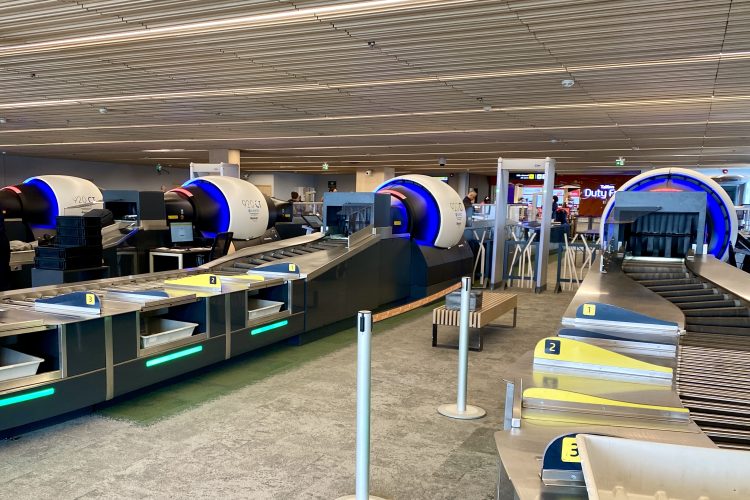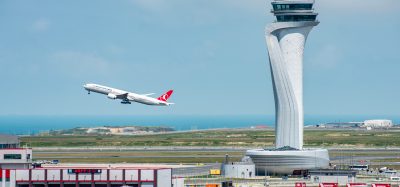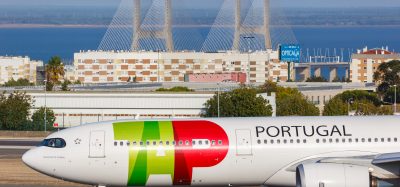Tallinn Airport modernises security screening equipment
- Like
- Digg
- Del
- Tumblr
- VKontakte
- Buffer
- Love This
- Odnoklassniki
- Meneame
- Blogger
- Amazon
- Yahoo Mail
- Gmail
- AOL
- Newsvine
- HackerNews
- Evernote
- MySpace
- Mail.ru
- Viadeo
- Line
- Comments
- Yummly
- SMS
- Viber
- Telegram
- Subscribe
- Skype
- Facebook Messenger
- Kakao
- LiveJournal
- Yammer
- Edgar
- Fintel
- Mix
- Instapaper
- Copy Link
Posted: 4 April 2024 | International Airport Review | No comments yet
At Tallinn Airport, the project of replacing the security screening equipment, was completed a week ahead of schedule.


Tallinn Airport replaces security screening equipment. CREDIT: Eneli Rohtla at Tallinn Airport
At Tallinn Airport, the project of replacing the security screening equipment, was completed a week ahead of schedule. Consequently, passengers no longer need to remove liquids and large technical equipment from their hand baggage when passing through security checks. Restrictions on the liquids in hand luggage have also changed.
Tallinn Airport at capacity
The passenger terminal of Tallinn Airport was built for 2.6 million passengers per year, but in 2023 the airport already served 2.96 million passengers, and according to forecasts, this number will increase even more in the following years. According to Tarvi Pihlakas, Aviation Security Manager at Tallinn Airport, the EUR 2.8 million investment helps to ensure that the airport can keep up with the rise in passenger numbers: “Security screening is inevitably one of the bottlenecks in all airports. Therefore, to ensure throughput, it is important that passing the security check goes with as little effort as possible. Passengers no longer have to take liquids, laptops and other large technical devices out of hand luggage and place them in a separate box – this reduces the time spent at the security check for each passenger.”
New generation of security screening equipment
The new generation of security screening equipment from Rapiscan Systems enables smarter baggage screening by providing a high-resolution 3D image and software that automatically detects explosives. This reduces the need to open and manually check your luggage.
Restrictions on the liquids that can be carried in hand luggage changed as well. Until now, all liquids had to be packed in containers no bigger than 100 millilitres and passengers could carry a total of one litre of liquids, which had to be packed in a resealable plastic bag. But they can now carry liquids in containers of up to two litres and there is no limit on the total volume. This means that all large shampoos, sunscreens, and toothpaste tubes, as well as soft drinks and liquid foods, can be placed in hand luggage. However, passengers must ensure that the weight of their hand baggage is within the weight limits set by the airline. It should also be considered that the same liquid volume restrictions do not yet apply at all airports, so it may happen that larger volumes of liquids cannot be placed in hand luggage on the return flight.
Tarvi Pihlakas confirms that aviation security requirements were not compromised during the installation period: “Safety is paramount in aviation and all rules must be followed when changes are made. We’re very grateful to the passengers for their patience during the transition period. The team has been trained and we’ll do our best to make the security screening process quicker and more convenient.”
However, passengers are still advised to arrive at the airport two hours before the start of their journey, as there is sometimes a longer wait to check in baggage, and queues can also occur at security during peak times when there are several flights and hundreds of passengers.
Related topics
Innovation, Passenger experience and seamless travel, Security, Terminal operations


















